Family reunion
Oil on tracing paper mounted on canvas, studio stamp lower right
50.50 x 80.50 cm
Certificate of authenticity : Michel Inguimberty, son of the artist.
Joseph Inguimberty is originally from Marseille. However, his artistic career soon took him away from his native region. He first left for Paris, where he continued his apprenticeship at the Ecole Nationale des Arts Décoratifs. Then, in 1925, he followed Victor Tardieu, who entrusted him with a position at the newly-created Hanoi School of Fine Arts.
He remained there for more than twenty years, living and working closely with the young generation of local artists, and through his teaching contributed to the beginnings of modern art in Viet Nam. Alongside Alix Aymé, he was at the origin of the revival of the lacquer technique, which they taught at the School in a completely new way. The war brought this long Indochinese interlude to an end.
On his return to France in 1946, although he kept a pied-à-terre in Marseille, the artist set up home in Menton, where his wife was originally from. He found his motifs in the landscapes of the Provencal hinterland, the olive groves and lavender fields at the foot of the Alpilles mountains.
From Menton, he will also explore the villages of the Roya valley, on either side of the Italian border. Everything is as if fogged by the torpor of Indochina. He paints lavender fields like a reminiscence of rice paddies, always under the spell of elsewhere. His eye had to reconstruct Western volumes and capture the light of the Midi. To achieve this, he recreated a dimension all his own, painting Provence but retaining the memory of Asia: flat tints, juxtapositions of colors creating volumes, slender forms, serenity and elegance of the whole. He inaugurated an art that cleverly nimbles the familiar landscapes of Provence with a sense of the distant, that seems to want to abstract itself from space and time. An art that plays with borders.
He regularly visits the quays of La Joliette, which in the 1920s inspired his monumental compositions depicting the work of dockworkers, now housed in the city's history museum. He now paints stripped-down moles, giving a glimpse of the immensity of the port domain. He also wanders the calanques, always accompanied by his painting kit.
Inguimberty never consented to paint other than from the motif. Before his departure for Indochina and on his return, Marseille was a constant reference point in his work, even if his vision of it has evolved considerably. The solitary young man who decided at the end of his studies to embark on a Far Eastern adventure has given way to an accomplished artist. Prestigious Parisian galleries such as Charpentier and Romanet show his work on a regular basis, whereas the artist, who rarely frequents the Provencal art scene, is relatively unknown in Marseille.
In 2012, sixty years after his only solo exhibition in Marseille (Galerie Moullot), Galerie Alexis Pentcheff pays tribute to the artist with a retrospective exhibition: Joseph Inguimberty's South. In Viet Nam, beyond the colonial polemic, Inguimberty is today hailed as one of the major painters in the country's history. In his straightforward compositions, he knew better than anyone how to tame the secrets of the Tonkinese countryside, the delta and its inhabitants. But even in Asia, the rest of his work is little known, as if there were a watertight frontier between the works of Indochina and those of the return to Provence. As if two artists lived in Inguimberty: the traveler and the returnee. The first catalog of the artist's painted work, written by Giulia Pentcheff alongside the painter's children, attempts to reconcile these two aspects of his life and career.



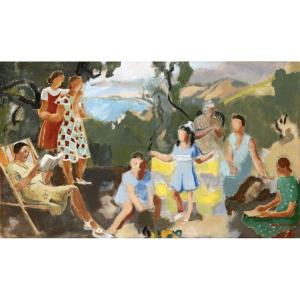



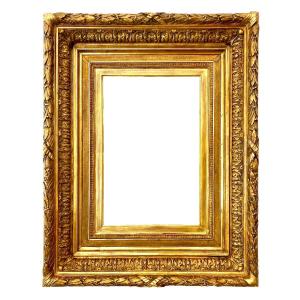
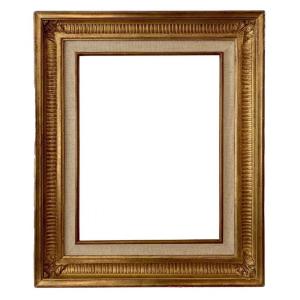


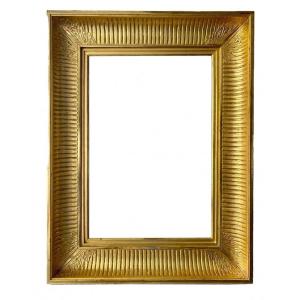
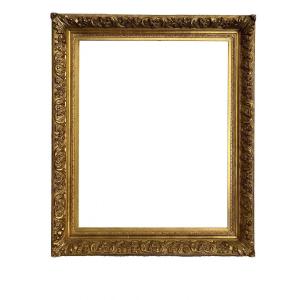
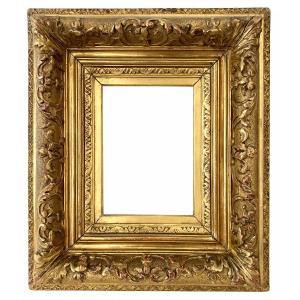
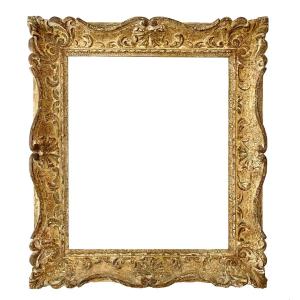

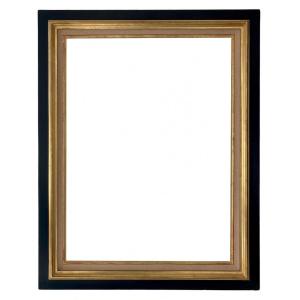
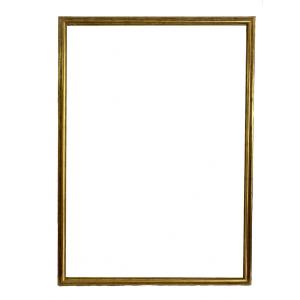


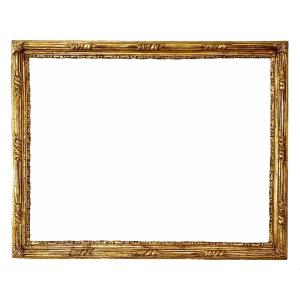








 Le Magazine de PROANTIC
Le Magazine de PROANTIC TRÉSORS Magazine
TRÉSORS Magazine Rivista Artiquariato
Rivista Artiquariato